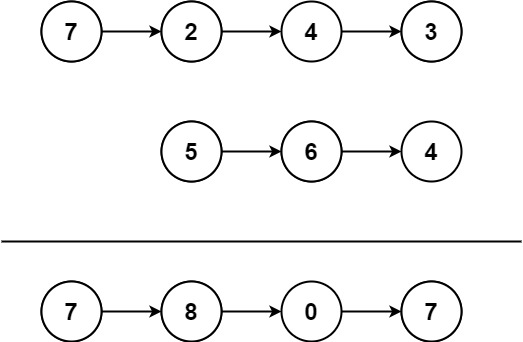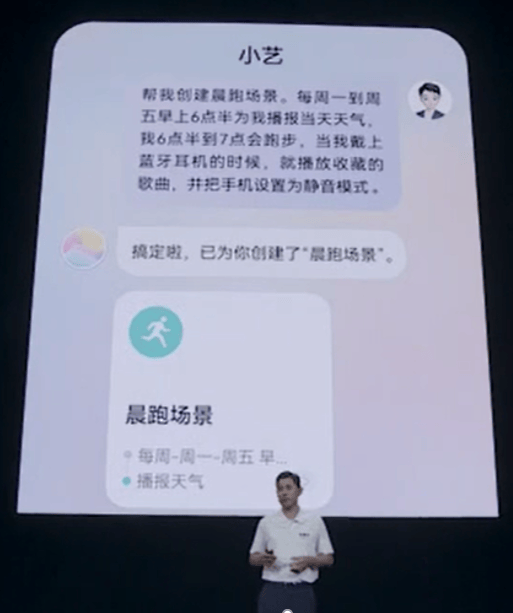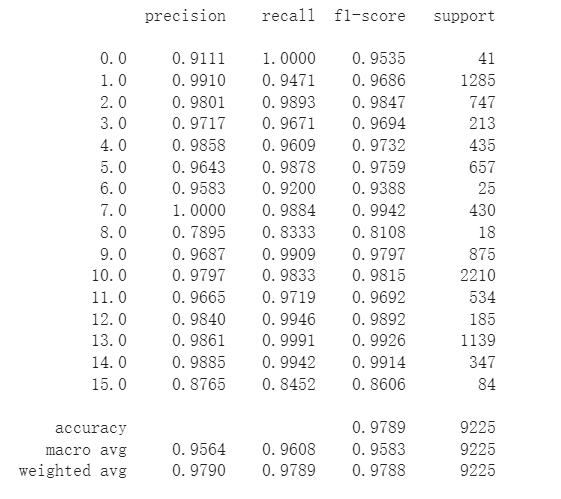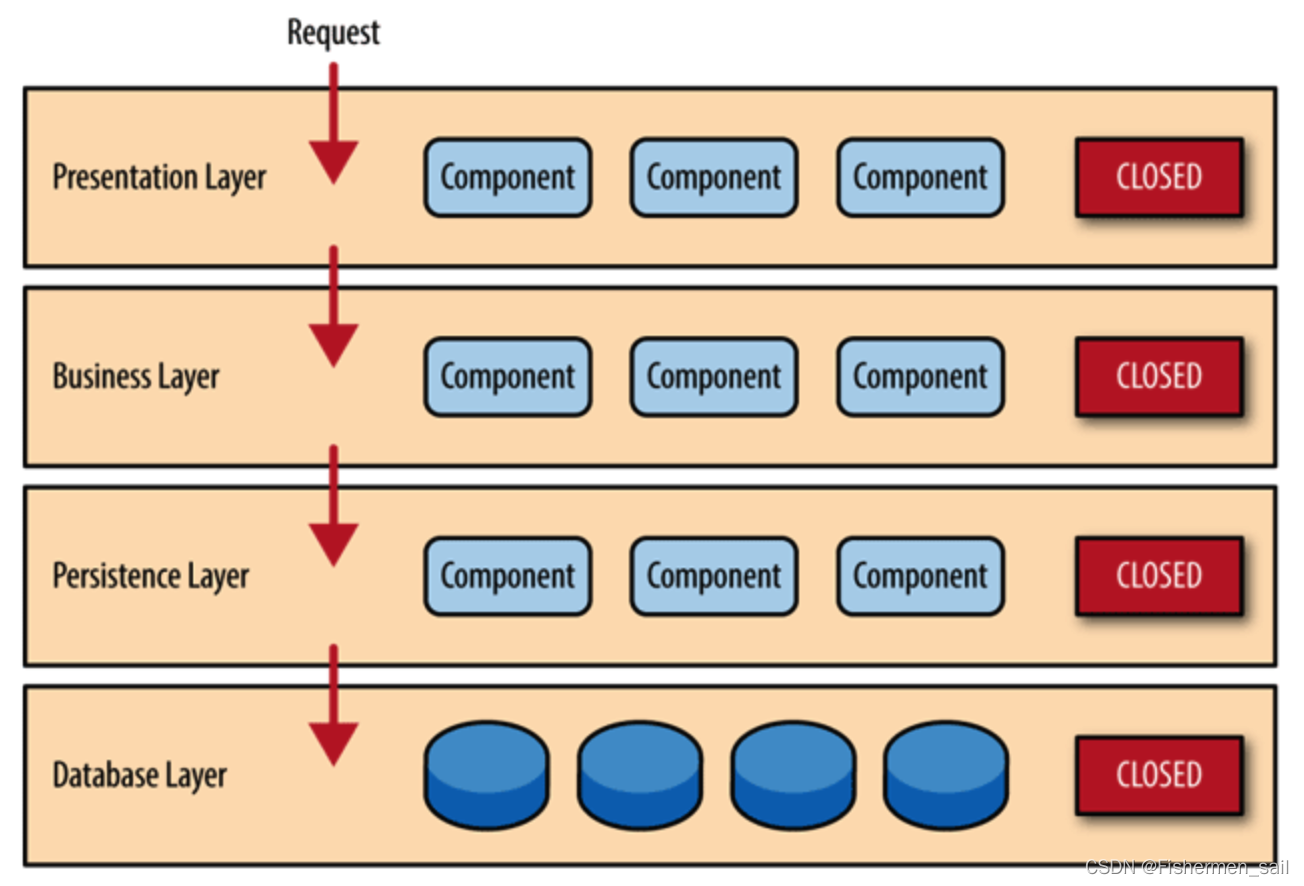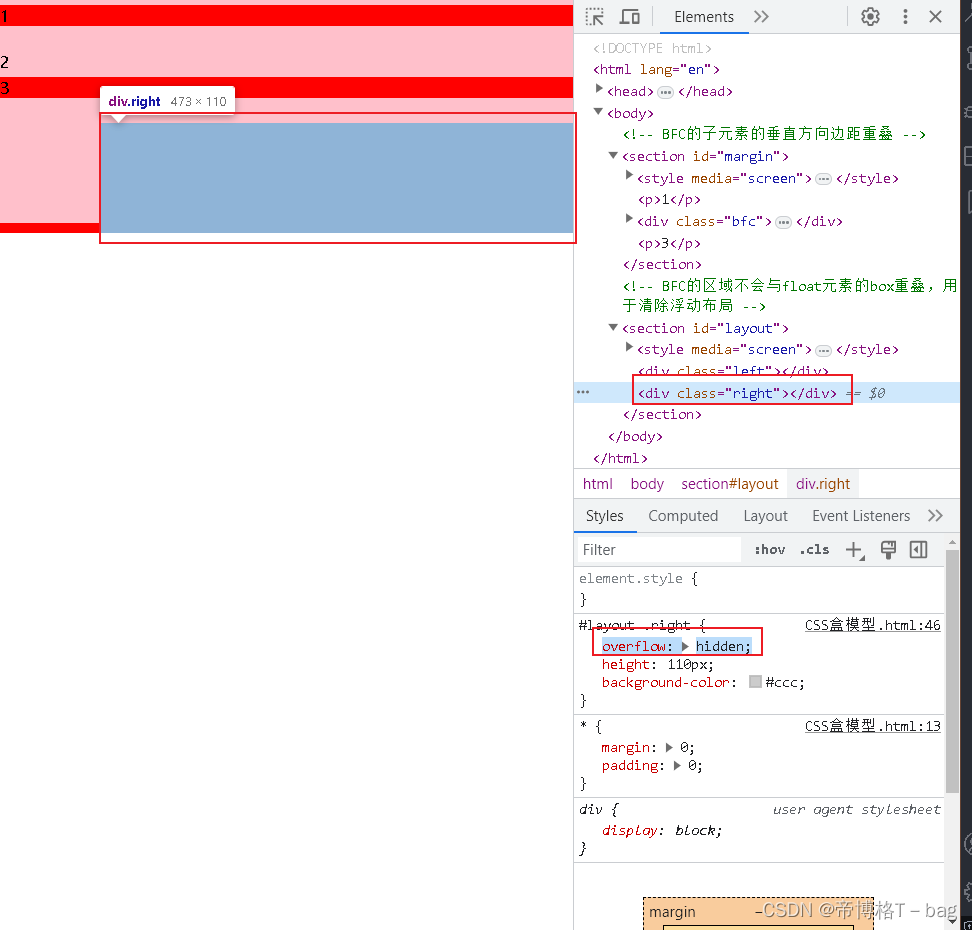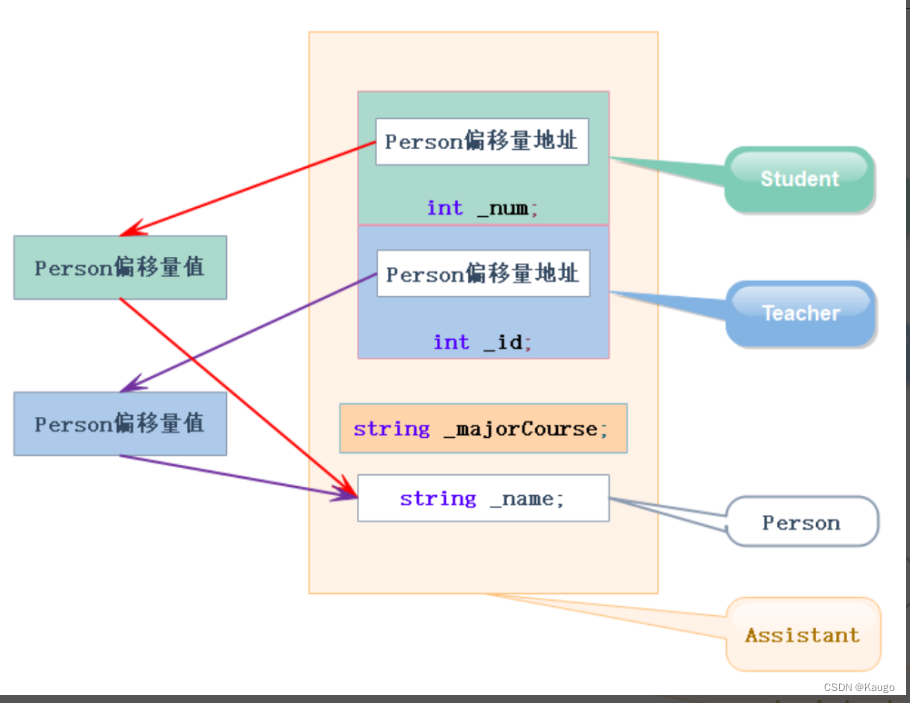文章目录
- day56-57kMeans 聚类
- 代码
- 运行截图
day56-57kMeans 聚类
1.kMeans 聚类需要中心点收敛时结束.
2.数据集为 iris, 所以最后一个属性没使用. 如果对于没有决策属性的数据集, 需要进行相应修改.
3.数据没有归一化.
4.getRandomIndices() 和 knn 的完全相同, 拷贝过来. 本来应该写在 SimpleTools.java 里面的, 代码不多, 为保证独立性就放这里了.
5.distance() 和 knn 的相似, 注意不要用决策属性, 而且参数不同. 第 2 个参数为实数向量, 这是类为中心可能为虚拟的, 而中心点那里并没有对象.
6.获得虚拟中心后, 换成与其最近的点作为实际中心, 再聚类.(写了两个clustering方法,注释掉一个,第二个实现此功能)
代码
package machineLearning.kmeans;
import weka.core.Instances;
import java.io.FileReader;
import java.util.Arrays;
import java.util.Random;
/**
* ClassName: KMeans
* Package: machineLearning.kmeans
* Description: kMeans clustering.
*
* @Author: luv_x_c
* @Create: 2023/7/31 12:29
*/
public class KMeans {
/**
* Manhattan distance.
*/
public static final int MANHATTAN = 0;
/**
* Euclidean distance.
*/
public static final int EUCLIDEAN = 1;
/**
* The distance measure.
*/
public int distanceMeasure = EUCLIDEAN;
/**
* A random instance.
*/
public static final Random RANDOM = new Random();
/**
* The data.
*/
Instances dataset;
/**
* The number of clusters.
*/
int numClusters = 2;
/**
* The clusters.
*/
int[][] clusters;
/**
* The first constructor.
*
* @param paraFilename The data filename.
*/
public KMeans(String paraFilename) {
dataset = null;
try {
FileReader fileReader = new FileReader(paraFilename);
dataset = new Instances(fileReader);
fileReader.close();
} catch (Exception ee) {
System.out.println("Cannot read the file: " + paraFilename + "\r\n" + ee);
System.exit(0);
}// OF try
}// OF the first constructor
/**
* A setter.
*/
public void setNumClusters(int paraNumClusters) {
numClusters = paraNumClusters;
}// Of the setter
/**
* Get a random indices for data randomization.
*
* @param pratLength The length of the sequence.
* @return AN array of indices, e.g.,{4,3,1,5,0,2} with length of 6.
*/
public static int[] getRandomIndices(int pratLength) {
int[] resultIndices = new int[pratLength];
// Step1. Initialize.
for (int i = 0; i < pratLength; i++) {
resultIndices[i] = i;
}// Of for i
// Step2. Randomly swap.
for (int i = 0; i < pratLength; i++) {
// Generate two random indices.
int tempFirst = RANDOM.nextInt(pratLength);
int tempSecond = RANDOM.nextInt(pratLength);
//Swap.
int tempValue = resultIndices[tempFirst];
resultIndices[tempFirst] = resultIndices[tempSecond];
resultIndices[tempSecond] = tempValue;
}// OF for i
return resultIndices;
}// OF getRandomIndices
/**
* The distance between two instances.
*
* @param paraI The index of first instance.
* @param paraArray The array representing a point in the space .
* @return The distance.
*/
public double distance(int paraI, double[] paraArray) {
double resultDistance = 0;
double tempDifference;
switch (distanceMeasure) {
case MANHATTAN:
for (int i = 0; i < dataset.numAttributes() - 1; i++) {
tempDifference = dataset.instance(paraI).value(i) - paraArray[i];
if (tempDifference < 0) {
resultDistance -= tempDifference;
} else {
resultDistance += tempDifference;
}// Of if
}// OF for i
break;
case EUCLIDEAN:
for (int i = 0; i < dataset.numAttributes() - 1; i++) {
tempDifference = dataset.instance(paraI).value(i) - paraArray[i];
resultDistance += tempDifference * tempDifference;
}// OF for i
break;
default:
System.out.println("Unsupported distance measure :" + distanceMeasure);
}// Of switch
return resultDistance;
}// Of distance
/**
* Clustering.
*/
// public void clustering() {
// int[] tempOldClusterArray = new int[dataset.numInstances()];
// tempOldClusterArray[0] = -1;
// int[] tempClusterArray = new int[dataset.numInstances()];
// Arrays.fill(tempClusterArray, 0);
// double[][] tempCenters = new double[numClusters][dataset.numAttributes() - 1];
//
// // Step1. Initialize centers.
// int[] tempRandomOrders = getRandomIndices(dataset.numInstances());
// for (int i = 0; i < numClusters; i++) {
// for (int j = 0; j < tempCenters[0].length; j++) {
// tempCenters[i][j] = dataset.instance(tempRandomOrders[i]).value(j);
// }// OF for j
// }// Of for i
//
// int[] tempClusterLengths = null;
// while (!Arrays.equals(tempOldClusterArray, tempClusterArray)) {
// System.out.println("New loop ...");
// tempOldClusterArray = tempClusterArray;
// tempClusterArray = new int[dataset.numInstances()];
//
// // Step2.1 Minimization. Assign cluster to each instance.
// int tempNearestCenter;
// double tempNearestDistance;
// double tempDistance;
//
// for (int i = 0; i < dataset.numInstances(); i++) {
// tempNearestCenter = -1;
// tempNearestDistance = Double.MAX_VALUE;
//
// for (int j = 0; j < numClusters; j++) {
// tempDistance = distance(i, tempCenters[j]);
// if (tempNearestDistance > tempDistance) {
// tempNearestDistance = tempDistance;
// tempNearestCenter = j;
// }// Of if
// }// OF for j
// tempClusterArray[i] = tempNearestCenter;
// }// of for i
//
// // Step2.2. Mean. Find new centers.
// tempClusterLengths = new int[numClusters];
// Arrays.fill(tempClusterLengths, 0);
// double[][] tempNewCenters = new double[numClusters][dataset.numAttributes() - 1];
// for (int i = 0; i < dataset.numInstances(); i++) {
// for (int j = 0; j < tempNewCenters[0].length; j++) {
// tempNewCenters[tempClusterArray[i]][j] += dataset.instance(i).value(j);
// }// OF for j
// tempClusterLengths[tempClusterArray[i]]++;
// }// Of for i
//
// // Step2.3. Now average.
// for (int i = 0; i < tempNewCenters.length; i++) {
// for (int j = 0; j < tempNewCenters[0].length; j++) {
// tempNewCenters[i][j] /= tempClusterLengths[i];
// }// Of for j
// }// Of for i
//
// System.out.println("Now the centers are: " + Arrays.deepToString(tempNewCenters));
// tempCenters = tempNewCenters;
// }// Of while
//
// //Step3. Form clusters.
// clusters = new int[numClusters][];
// int[] tempCounters = new int[numClusters];
// for (int i = 0; i < numClusters; i++) {
// clusters[i] = new int[tempClusterLengths[i]];
// }// Of for i
//
// for (int i = 0; i < tempClusterArray.length; i++) {
// clusters[tempClusterArray[i]][tempCounters[tempClusterArray[i]]] = i;
// tempCounters[tempClusterArray[i]]++;
// }// of fot i
//
// System.out.println("The clusters are: " + Arrays.deepToString(clusters));
// }// Of clustering
public void clustering() {
int[] tempOldClusterArray = new int[dataset.numInstances()];
tempOldClusterArray[0] = -1;
int[] tempClusterArray = new int[dataset.numInstances()];
Arrays.fill(tempClusterArray, 0);
double[][] tempCenters = new double[numClusters][dataset.numAttributes() - 1];
// Step1. Initialize centers.
int[] tempRandomOrders = getRandomIndices(dataset.numInstances());
for (int i = 0; i < numClusters; i++) {
for (int j = 0; j < tempCenters[0].length; j++) {
tempCenters[i][j] = dataset.instance(tempRandomOrders[i]).value(j);
}// OF for j
}// Of for i
int[] tempClusterLengths = null;
while (!Arrays.equals(tempOldClusterArray, tempClusterArray)) {
System.out.println("New loop ...");
tempOldClusterArray = tempClusterArray;
tempClusterArray = new int[dataset.numInstances()];
// Step2.1 Minimization. Assign cluster to each instance.
int tempNearestCenter;
double tempNearestDistance;
double tempDistance;
for (int i = 0; i < dataset.numInstances(); i++) {
tempNearestCenter = -1;
tempNearestDistance = Double.MAX_VALUE;
for (int j = 0; j < numClusters; j++) {
tempDistance = distance(i, tempCenters[j]);
if (tempNearestDistance > tempDistance) {
tempNearestDistance = tempDistance;
tempNearestCenter = j;
}// Of if
}// OF for j
tempClusterArray[i] = tempNearestCenter;
}// of for i
// Step2.2. Mean. Find new centers.
tempClusterLengths = new int[numClusters];
Arrays.fill(tempClusterLengths, 0);
double[][] tempNewCenters = new double[numClusters][dataset.numAttributes() - 1];
for (int i = 0; i < dataset.numInstances(); i++) {
for (int j = 0; j < tempNewCenters[0].length; j++) {
tempNewCenters[tempClusterArray[i]][j] += dataset.instance(i).value(j);
}// OF for j
tempClusterLengths[tempClusterArray[i]]++;
}// Of for i
// Step2.3. Now average.
for (int i = 0; i < tempNewCenters.length; i++) {
for (int j = 0; j < tempNewCenters[0].length; j++) {
tempNewCenters[i][j] /= tempClusterLengths[i];
}// Of for j
}// Of for i
// System.out.println("Now the centers are: " + Arrays.deepToString(tempNewCenters));
tempCenters = tempNewCenters;
// 新增部分:虚拟中心替换为实际中心
int[] nearestCenters = new int[numClusters]; // 用于存储每个虚拟中心最近的实际中心的索引
for (int i = 0; i < numClusters; i++) {
double minDistance = Double.MAX_VALUE;
int nearestCenterIndex = -1;
for (int j = 0; j < dataset.numInstances(); j++) {
double distanceToCenter = distance(j, tempCenters[i]);
if (distanceToCenter < minDistance) {
minDistance = distanceToCenter;
nearestCenterIndex = j;
}
}
nearestCenters[i] = nearestCenterIndex;
}
// 替换虚拟中心为实际中心
for (int i = 0; i < numClusters; i++) {
for (int j = 0; j < tempCenters[0].length; j++) {
tempCenters[i][j] = dataset.instance(nearestCenters[i]).value(j);
}
}
System.out.println("Now the centers are: " + Arrays.deepToString(tempCenters));
}// Of while
//Step3. Form clusters.
clusters = new int[numClusters][];
int[] tempCounters = new int[numClusters];
for (int i = 0; i < numClusters; i++) {
clusters[i] = new int[tempClusterLengths[i]];
}// Of for i
for (int i = 0; i < tempClusterArray.length; i++) {
clusters[tempClusterArray[i]][tempCounters[tempClusterArray[i]]] = i;
tempCounters[tempClusterArray[i]]++;
}// of fot i
System.out.println("The clusters are: " + Arrays.deepToString(clusters));
}
/**
* A test unit.
*/
public static void testClustering() {
KMeans tempKmeans = new KMeans("E:\\java_code\\data\\sampledata\\iris.arff");
tempKmeans.setNumClusters(3);
tempKmeans.clustering();
}// Of testClustering
/**
* The entrance of the program.
*
* @param args NOt used now.
*/
public static void main(String[] args) {
testClustering();
}// Of main
}// Of class KMeans
运行截图


